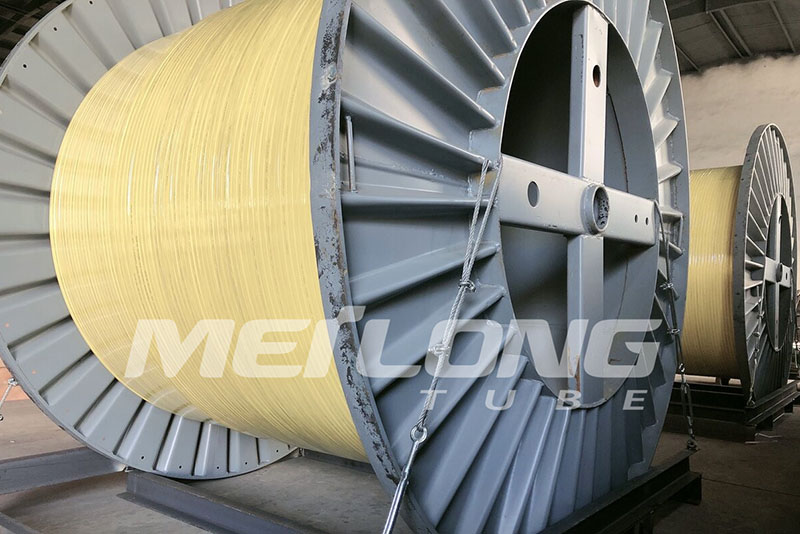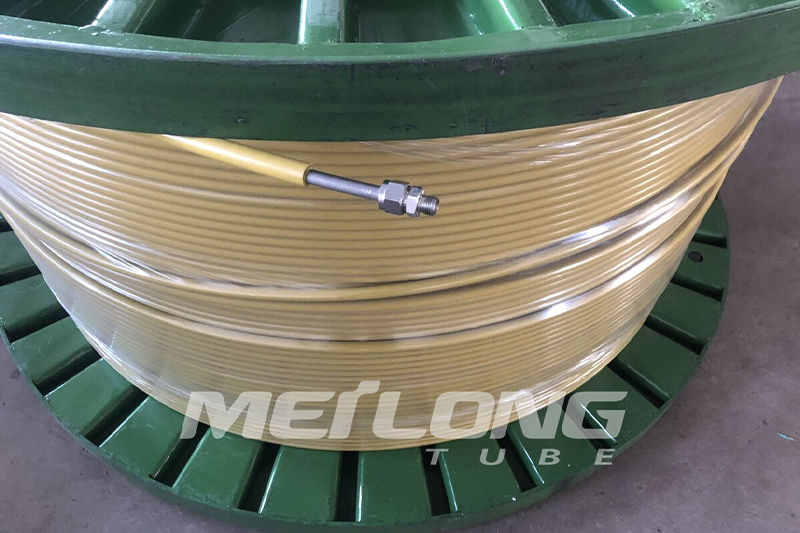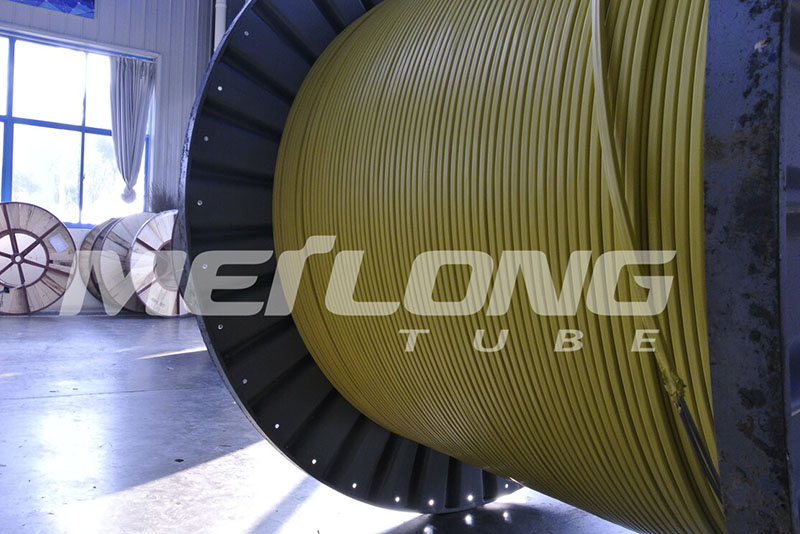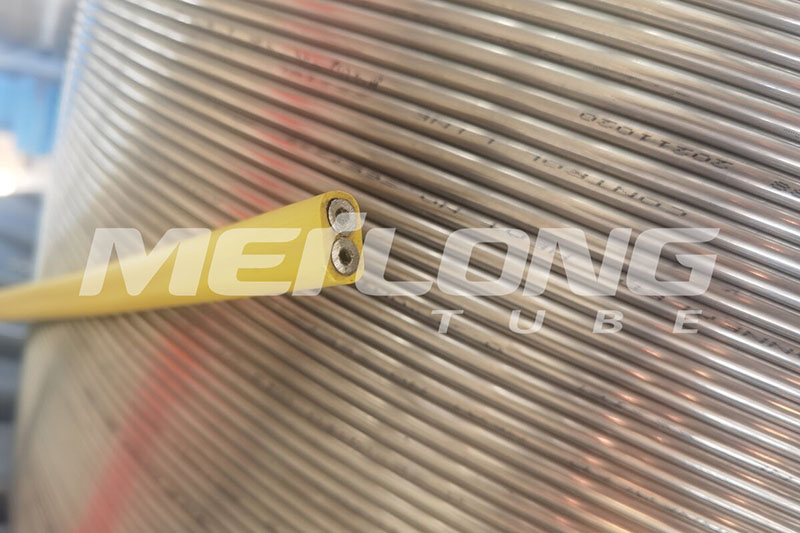Lowest Price for Super Duplex 2507 Chemical Injection Tube - Chemical Injection Line Tubing – MEILONG
Lowest Price for Super Duplex 2507 Chemical Injection Tube - Chemical Injection Line Tubing – MEILONG Detail:
Product introduction
A general term for injection processes that use special chemical solutions to improve oil recovery, remove formation damage, clean blocked perforations or formation layers, reduce or inhibit corrosion, upgrade crude oil, or address crude oil flow-assurance issues. Injection can be administered continuously, in batches, in injection wells, or at times in production wells.
A small-diameter conduit that is run alongside production tubulars to enable injection of inhibitors or similar treatments during production. Conditions such as high hydrogen sulfide [H2S] concentrations or severe scale deposition can be counteracted by injection of treatment chemicals and inhibitors during production.
Our tubing is characterized with integrity and quality to be specially used in subsea conditions in the industries of oil and gas extraction.
Product Display
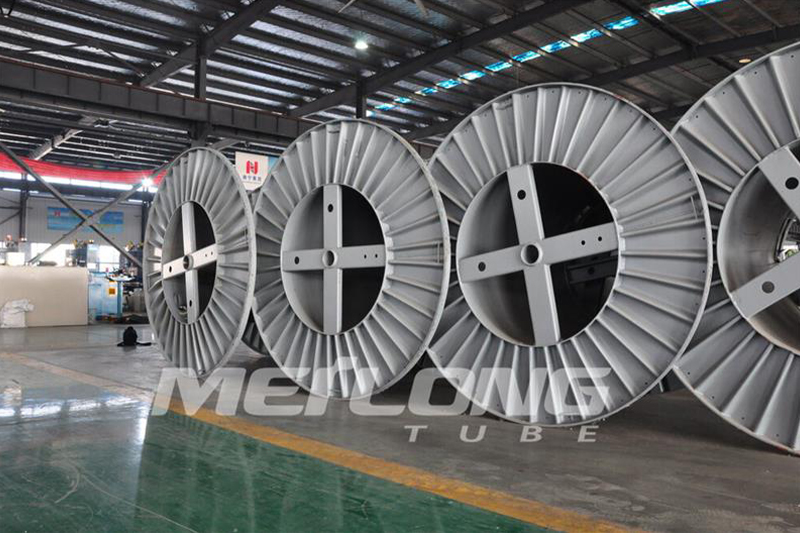
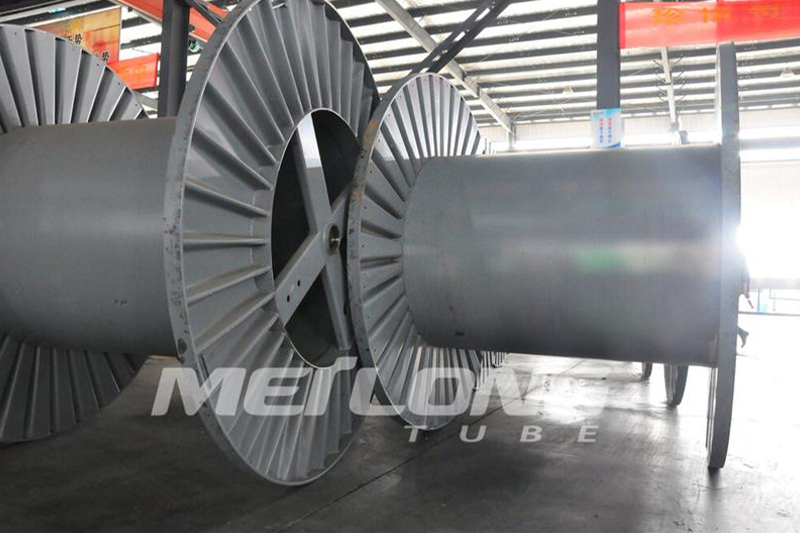
Alloy Features
Caustic Environments
Austenitic steels are susceptible to stress corrosion cracking. This may occur at temperatures above about 60°C (140°F) if the steel is subjected to tensile stresses and at the same time comes into contact with certain solutions, particularly those containing chlorides. Such service conditions should therefore be avoided. Conditions when plants are shut down must also be considered, as the condensates which are then formed can develop conditions that lead to both stress corrosion cracking and pitting.
SS316L has a low carbon content and therefore better resistance to intergranular corrosion than steels of type SS316.
Application
TP316L is used for a wide range of industrial applications where steels of type TP304 and TP304L have insufficient corrosion resistance. Typical examples are: heat exchangers, condensers, pipelines, cooling and heating coils in the chemical, petrochemical, pulp and paper and food industries.
Dimensional Tolerance
| ASTM A269 / ASME SA269, 316L, UNS S31603 | ||
| Size OD | Tolerance OD | Tolerance WT |
| ≤1/2’’ (≤12.7 mm) | ±0.005’’ (±0.13 mm) | ±15% |
| 1/2’’<OD≤1’’ (12.7<OD≤25.4 mm) | ±0.005’’ (±0.13 mm) | ±10% |
| Meilong Standard | ||
| Size OD | Tolerance OD | Tolerance WT |
| ≤1/2’’ (≤12.7 mm) | ±0.004’’ (±0.10 mm) | ±10% |
| 1/2’’<OD≤1’’ (12.7<OD≤25.4 mm) | ±0.004’’ (±0.10 mm) | ±8% |
Product detail pictures:
Related Product Guide:
Our eternal pursuits are the attitude of "regard the market, regard the custom, regard the science" as well as theory of "quality the basic, have faith in the initial and administration the advanced" for Lowest Price for Super Duplex 2507 Chemical Injection Tube - Chemical Injection Line Tubing – MEILONG , The product will supply to all over the world, such as: Cambodia, Bahrain, Danish, By integrating manufacturing with foreign trade sectors, we can present total customer solutions by guaranteeing the delivery of right merchandise to the right place at the right time, which is supported by our abundant experiences, powerful production capability, consistent quality, diversified products and the control of the industry trend as well as our maturity before and after sales services. We'd like to share our ideas with you and welcome your comments and questions.
In our cooperated wholesalers, this company has the best quality and reasonable price, they are our first choice.

